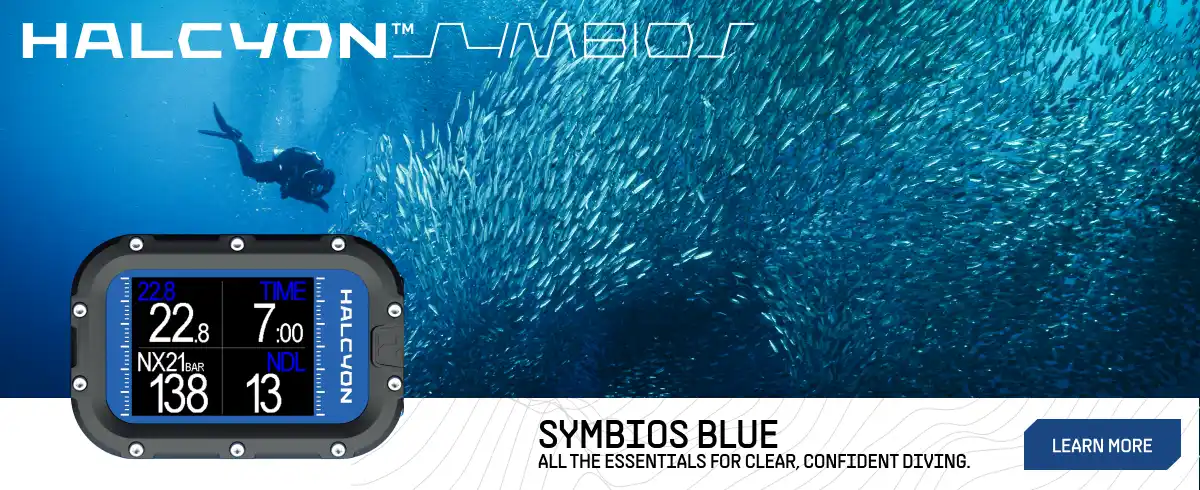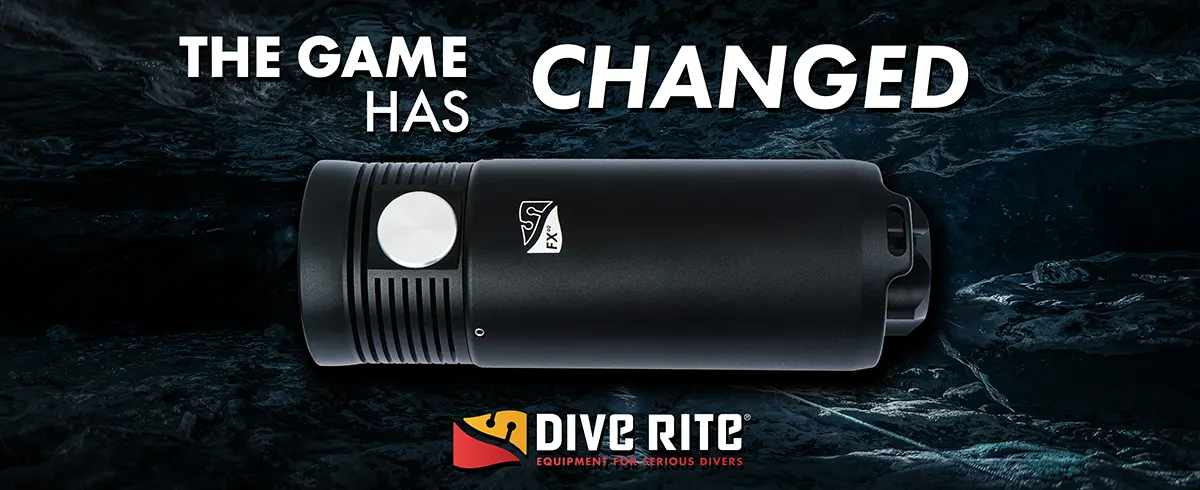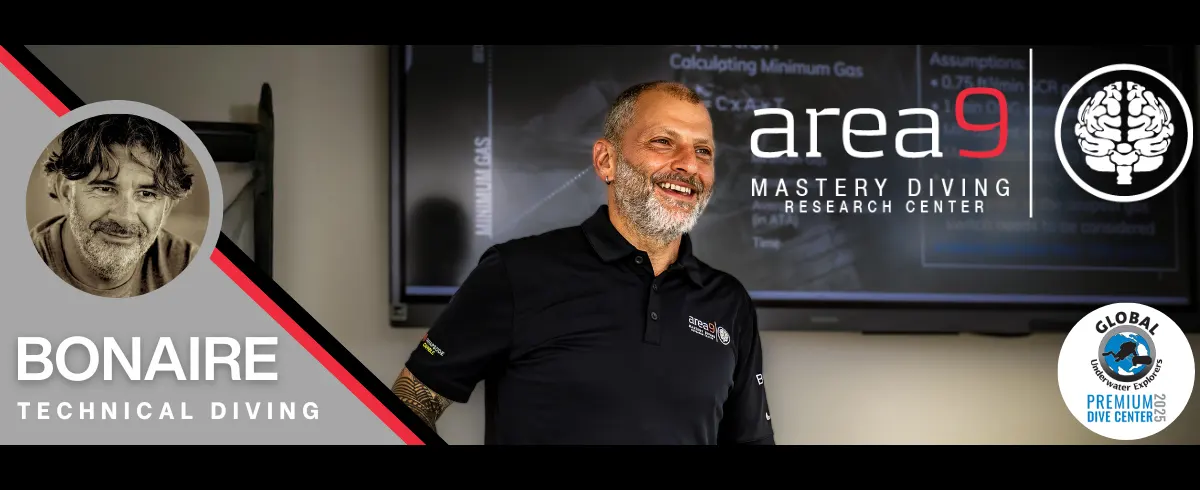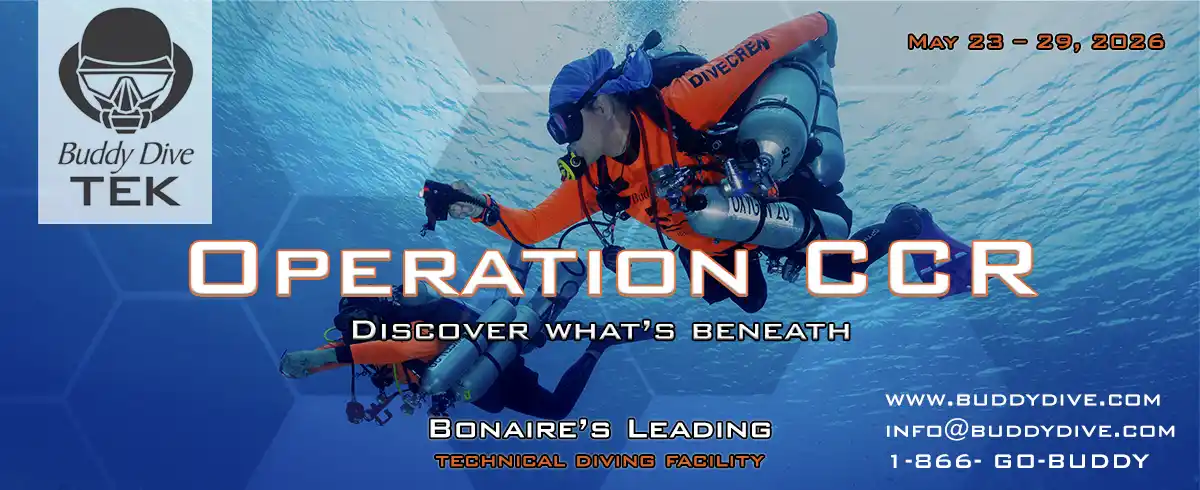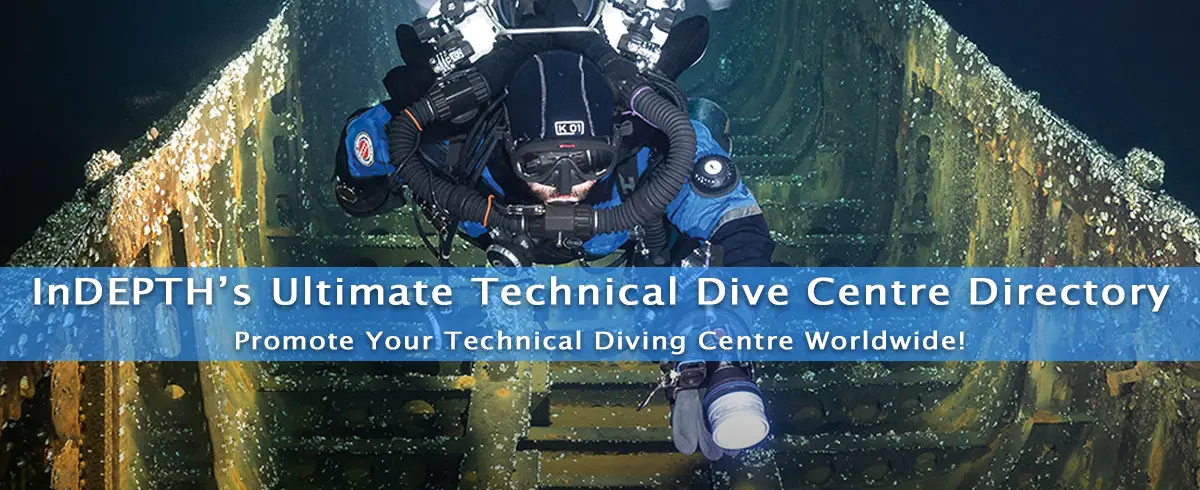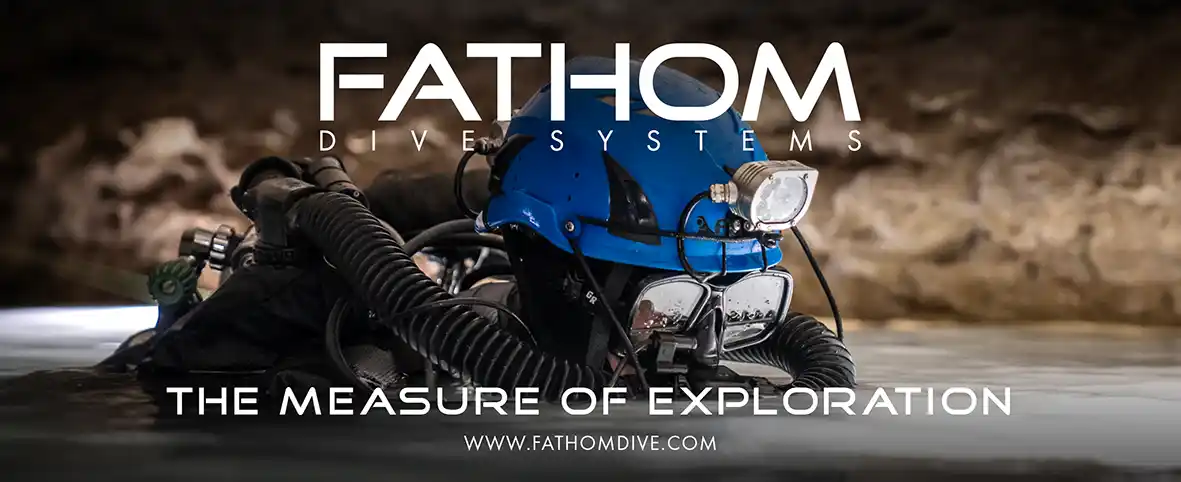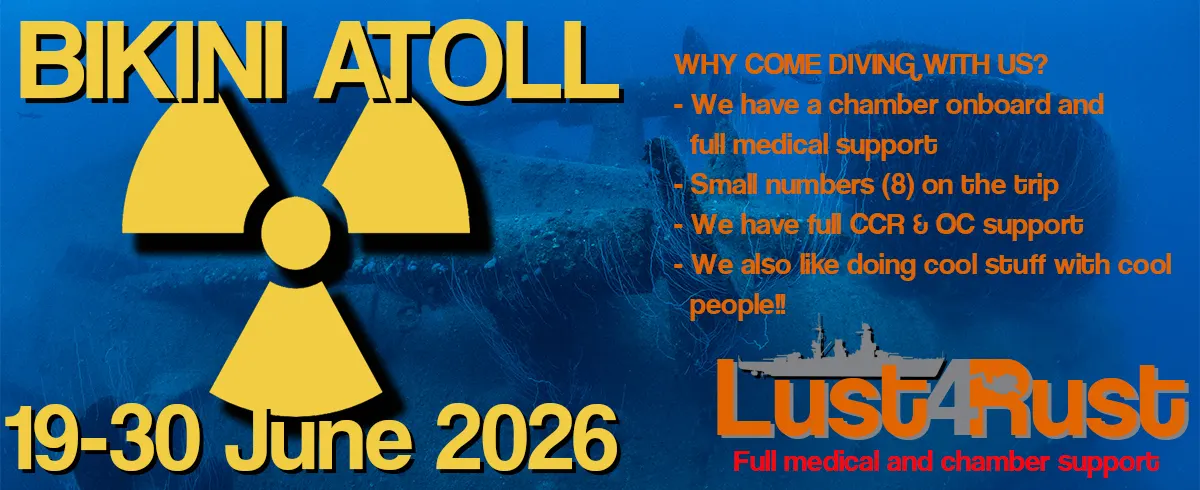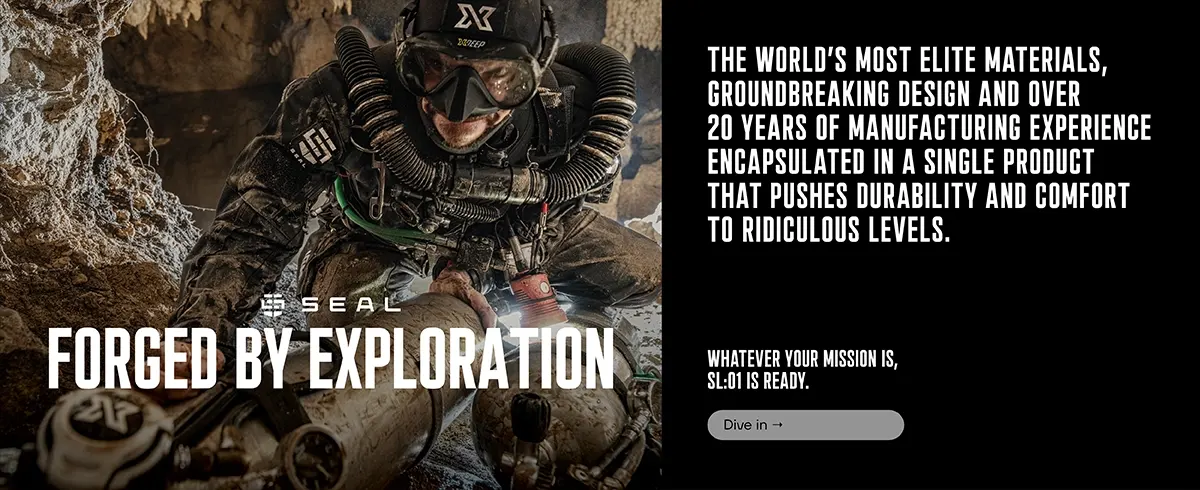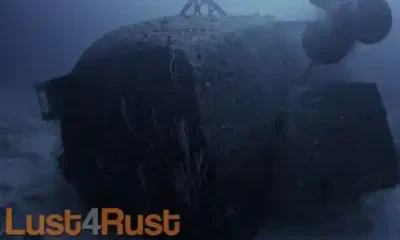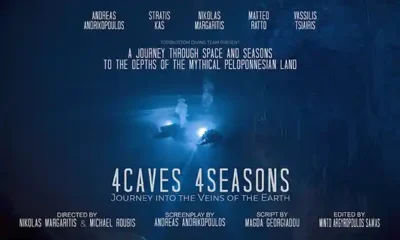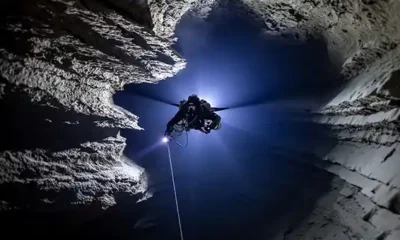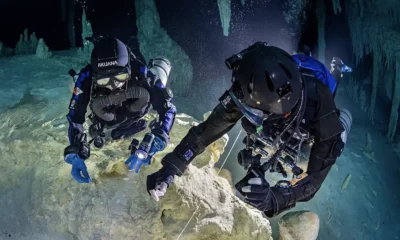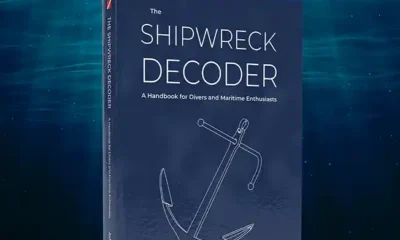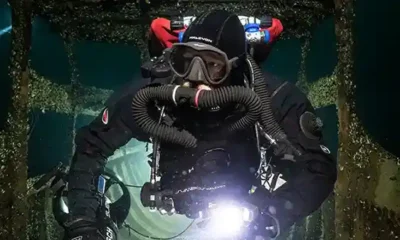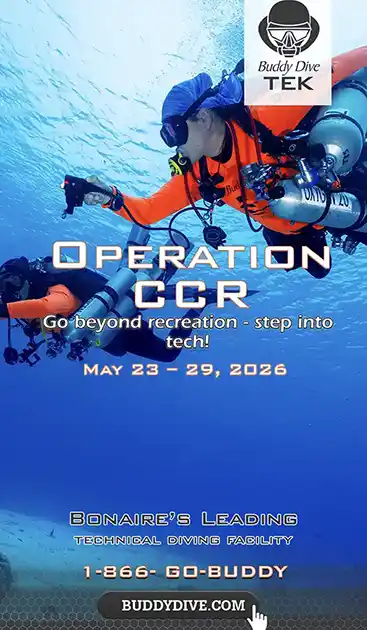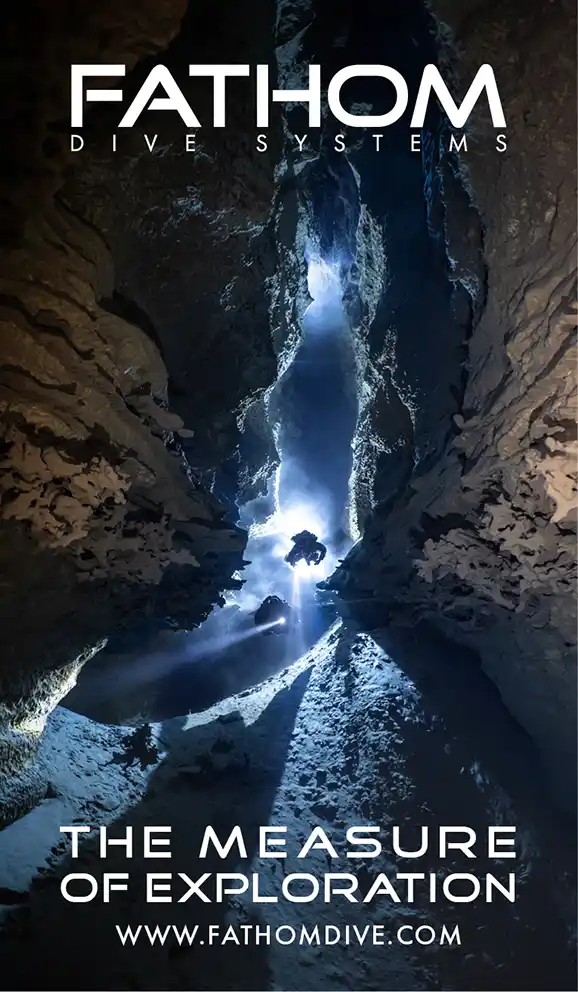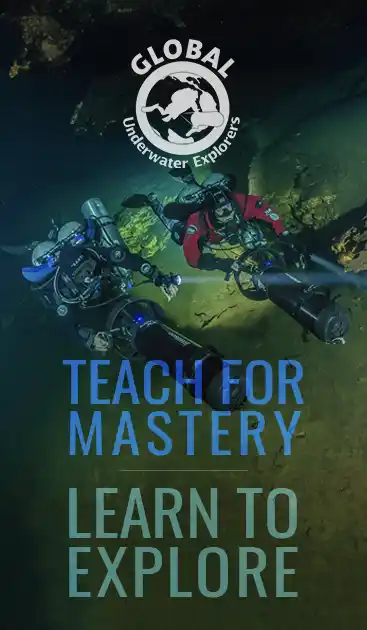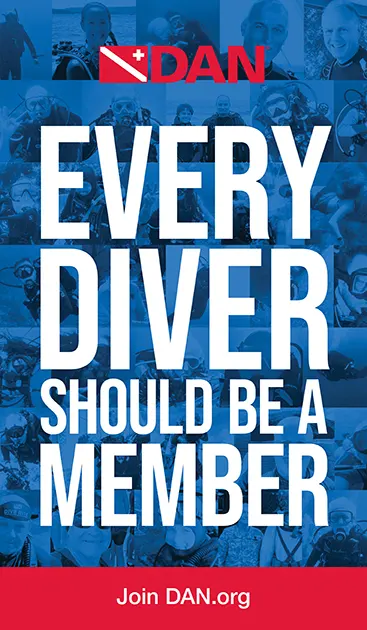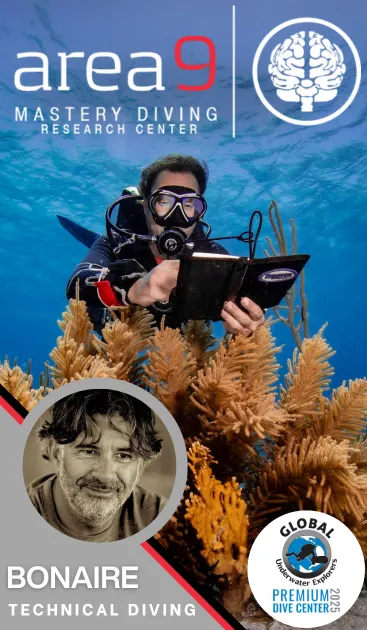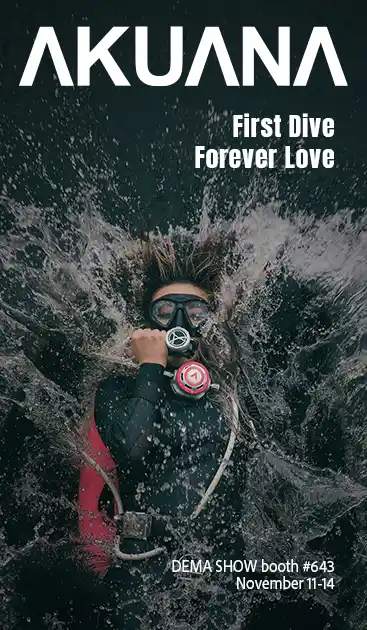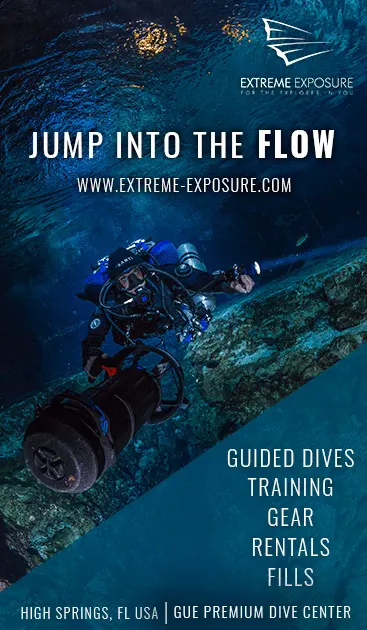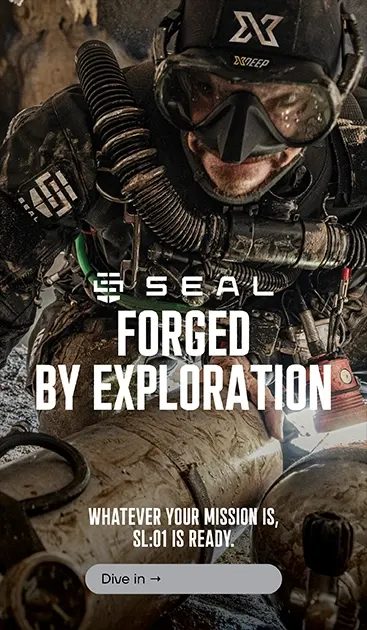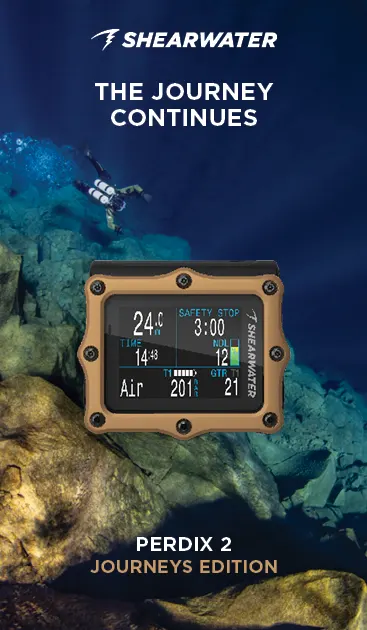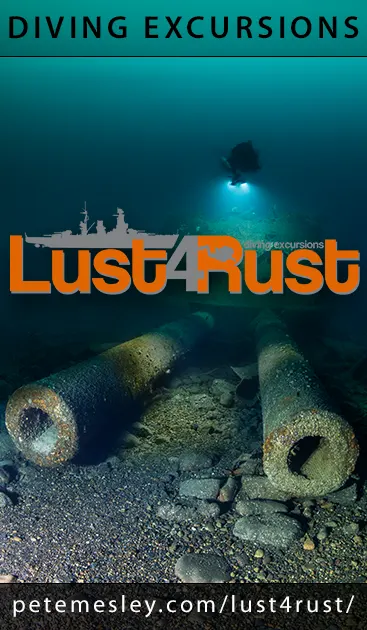News
A Review of “Risk Management For Diving Operations” by Giorgio Caramanna
by Edd Stockdale

For more than the last decade, I have been working in scientific diving expeditions: specifically teaching and course development. In 2021, I was asked to create and manage the Finnish Scientific Diving Academy, a national training facility for manned underwater research and an academy whose goal would be to develop modern philosophy training programs for occupational scientific diving.
Like all occupational activities, risk management and mitigation processes are required, especially when considering the diving activities; sadly, however, these concepts often miss the considerations of key areas like, for example, human factors, in addition to technical techniques and advancements. Therefore, from the beginning, the FSDA has focused on these areas—especially non technical skills. Their programs were intended to shape a more effective learning environment and allow graduates to carry these skills into future work.
A challenge that I found, though, was locating materials that related to the discipline. There are plenty of great texts and articles out there that cover areas like leadership and team development: theoretical models that utilize a general approach. However, within diving, these resources are mostly unavailable outside of recreational training agency materials—until now.

The initial announcement of Risk Management for Diving Operations by Giorgio Caramanna came to me through a friend also involved in advanced diving research operations, and I jumped at contacting Giorgio to get a copy. When it arrived, I read through it avidly and quickly identified this as a vital text for our field. Why?
Because Risk Management for Diving Operations covers essential key areas. Each chapter is structured in a highly logical manner, focusing on the important general areas of risk, team development, and leadership related to diving operation first, and then lastly moving into specialist diving environments. Each chapter begins with a summary as well as key lessons for that chapter at the end. From a teaching perspective, this organization allows excellent, focused, comprehensive reading for the students. For the general diving professional, it acts as a great reference with easy-to-identify sections on specific subjects.

One key focus area in the early chapters is a very clear explanation on leadership within a working system, highlighting both different forms and approaches of leadership in addition to elements that will build and detract from its effectiveness. While the concepts discussed and laid out in the book are not new in the extended professional space on performance and business, they are explained in such a manner that allows the reader to relate to diving operations, an area much overlooked. Within my professional landscape working and teaching in high risk environments, there are many key concepts to facilitate a safer working and more efficient environment, both educating leadership, but also running my own teams.
Aside from the structure, I quite like the application of the key subject of each chapter as it relates directly to diving operations. This real-world application focus makes it highly complementary to another excellent, slightly more theoretical book: Gareth Lock’s Under Pressure. These two texts, along with other articles and online programs, have become the core of required reading for the FSDA’s Occupational Scientific Diver program with chapters from Risk Management of Diving Operations selected for specific areas of operations training.
Caramanna’s book is not only for scientific diving but also covers recreational operations, instructor courses, as well as advanced or technical diving and exploration. I wish it had been available to me early in my career, even as a recreational instructor. Much of what I had to learn the hard way could have been made easier with the lessons contained here.
I highly recommend Giorgio Caramanna’s Risk Management of Diving Operations for any scientific diver, dive center owner, diving instructor, instructor candidate, media divers, or basically anyone that works professionally in diving. The lessons it contains, especially in conjunction with other relevant texts, such as Gareth’s Lock’s Under Pressure, will surely improve not only the safety but also the efficiency of any diving operation.
Caramanna’s book can be found on Amazon and or where ever technical books are sold.

Edd Stockdale has for over a decade worked in dive safety and logistics management for remote research expeditions, specialising in advanced diving operations, especially in the area of deeper projects using rebreathers. In recent years this expertise has seen him running global scale projects, such as Ocean Census, collaborating with research institutions in applying these techniques and developing training programs in scientific diving fields, in his role as Head of the Finnish Scientific Diving Academy at the University of Helsinki.
As an avid underwater explorer Edd has contributed to a large number of articles, books and presentations on science and exploration into the underwater world. He is a team member of the Finnish wreck exploration team Badewanne, a member of Team Reel Diving, and Ambassador for Divesoft and DAN Europe.


